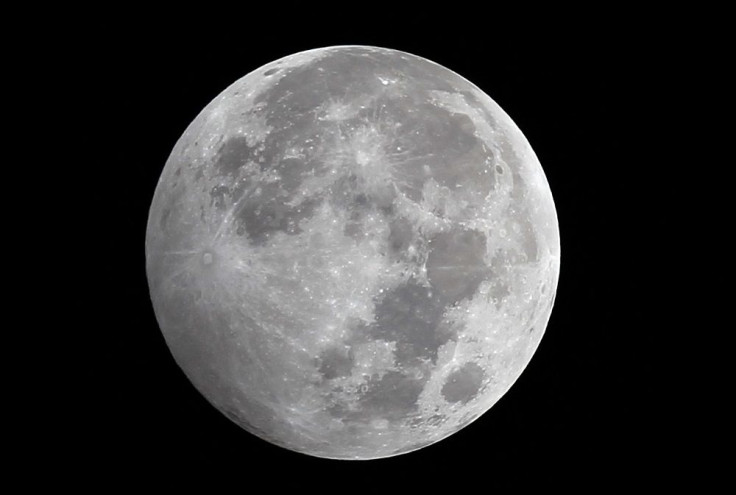Australia to experience 3 astronomical events in March, including 2 hours of partial darkness on March 9

Australians will witness three astronomical events in March, involving a solar and lunar eclipses and the planet Jupiter. Northern Australian residents, from Perth to Rockhampton, will experience the partial solar eclipse on March 9.
The eclipse, which in some parts of the Pacific would be a total solar eclipse but last only a few minutes, would last an average of two hours in parts of Australia. The eclipse is the result of the Moon passing between the Sun and Earth, reports ABC.
The place where it would be first felt is in Broome (AWST), to begin at 7:32 am and end at 9:37 am. Next is Perth (AWST), from 8:07 am to 8:47 am; followed by Darwin (ACST), 9:07 am to 11:34 am; Alice Springs (ACST), 9:29 am to 11:06 am; Cairns (AEST), 10:12 am to 12:15 am; and Rockhampton, 10:55 am to 11:38 am. By coverage, the maximum would be felt in Darwin at 50 percent, then Broome 37 percent, Cairns 18 percent, Alice Springs 11 percent, Perth 1 percent and Rockhampton 0.6 percent.
Meteorologists remind Aussies that it is not safe to look at the Sun. They should use special solar glasses or safe solar projection techniques to view the eclipse which begins well after sunrise, with the Sun a decent height about the horizon.
Exactly two weeks after the solar eclipse, a penumbral lunar eclipse would take place on March 23. Skyandtelescopes notes that it is not uncommon for a solar eclipse to be followed by a lunar eclipse after 14 days. It is one of four eclipses in 2016, the two others being an annular solar eclipse on Sept 1 and another penumbral eclipse on Sept 16. The penumbral lunar eclipse is characterised by the Moon sliding through Earth’ vague outer shadow.
Viewers, who don’t need any special equipment for the lunar event, would only see a subtle darkening of the Moon disk’s southern part. It starts at 7:37 pm and ends at 11:57 pm in the AEST time zone, runs from 7:07 pm through 11:27 pm in the ACST time zone and 5:37 pm through 9:57 in the AWST time zone.
A day before the partial solar eclipse, planet Jupiter would be visible as the brightest object above the north-eastern sky. It would be hued yellow and closest to Earth. Its bands are visible in small telescopes even for many weeks after March 8. But a decent telescope is needed to follow a double transit of the moons Io and Europa with their shadows visible on Jupiter too.





















